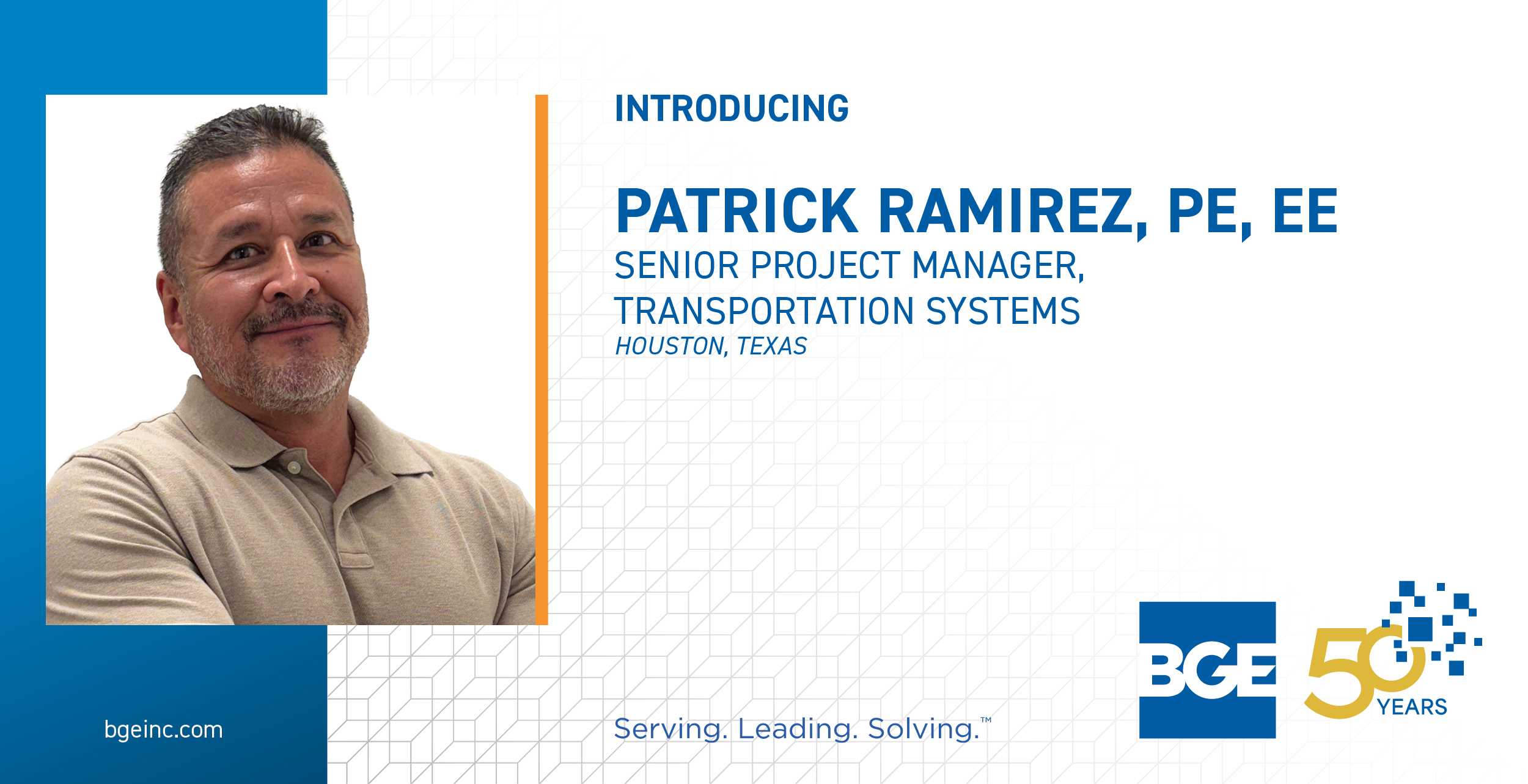As part of their time here at BGE this summer, we challenged our interns to choose an aspect within their community that could use improvement, then create an engineering solution. They shared a brief written description as well as a video to further explain their idea. This year’s submissions included driver safety apps, bright stripe roadway enhancements and required pathways along detention ponds in all neighborhoods.
These great ideas made deciding a winner very difficult for our voting panel, but the impact of the idea from this year’s winner couldn’t be denied. Lauren Stapleton is a civil and environmental engineering major at Texas A&M University working in BGE’s North Texas region Public Works department. To learn more about her award-winning idea, see below for her official publication and video submission.
The Benefits of Roundabouts
Lauren Stapleton
(Click the link below to access the complete editorial)
Intern Challenge — Lauren Stapleton
A hundred year old invention provides the solution to modern transportation woes. From safety, traffic flow and environmental friendliness, roundabouts can provide many benefits.
Roundabouts serve as another option to four way stops. They are circular intersections where traffic travels counterclockwise around a center island. Travelers typically travel at a speed of 15-20 mph.
Roundabouts provide a safer alternative to traditional intersections. These can reduce driving fatalities by 90%. For pedestrians, drivers, and passengers, these circular intersections provide a less risky method of travel. Roundabouts require drivers to slow down to make their way around curves. Without a light to beat, drivers are not motivated to speed up as they approach the intersection. This type of stop eliminates the possibility for head on or T Bone collisions since everyone moves in the same direction.
There is nothing that irritates a driver more than catching every red light on your way home. Even worse is sitting at a red light for minutes when no other cars are in sight. While intersection lights are calibrated for efficiency at peak traffic hours, the rest of the day drivers cannot determine the most efficient traffic flow. Roundabouts facilitate a constant flow throughout the day.
Roundabouts also provide a cheaper alternative. Without the electrical costs of traffic lights, the startup and maintenance costs of roundabouts are less than those of traditional intersections. A traditional intersection can cost between $5,000 and $10,000 every year while roundabouts practically run themselves. Roundabouts also take up less space which saves cities money on right of way acquisitions.
Environmental friendliness and aesthetics are becoming of increasing importance. Roundabouts can decrease fuel consumption by as much as 30% through reducing time spend idling and acceleration and deceleration. As a result, pollution from carbon monoxide, carbon dioxide, and nitrogen oxide are all reduced. The EPA states one roundabout can reduce carbon emissions equivalent to 37 cars. Not only does this help reduce the greenhouse effect on a global scale, but makes air quality better for local residents. Additionally, the inside of roundabouts can be planted with native plants to maintain biodiversity and reduce rain runoff making roundabouts more visually appealing than intersections as well.
The typical cost of a round about is $250,000. In cases where a preexisting intersection must be modified, the costs can be greater, especially with ROW acquisitions. Roundabouts are a solution well within our reach so long as we make the choice to design and implement them. Using roundabouts rather than traditional 4 way stops at new developments may make the future a little more well-rounded.




